Foundation Types
The parameters of the design of the concrete foundations come from loads created from the superstructure. However, they are not the only parameter that defines the dimensions of the foundation. Climate conditions and the application method would be another parameter.
If the region is subject to a temperature below negative degrees, the foundation shall be designed as a structural foundation. Due to the cold temperature, concrete may freeze and lead to potential cracks. Most structural codes define a depth below the leveled soil to protect the foundation base from the cold. In addition to the depth of the concrete pad, insulation for the cold is also required in most cases, and there is a sample section drawing illustrated in Figure 1. Structural foundation may be used in every condition, including extreme cold regions. Vertical and horizontal elements are separated from each other, and they have different elevations in most cases. Therefore, finding space for other equipment, such as plumbing or electrical, is easy.
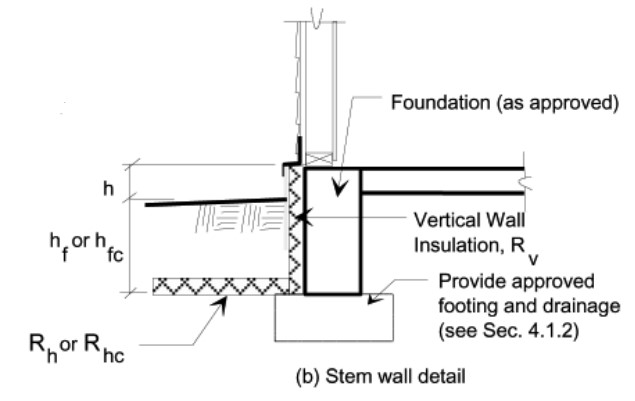 Figure 1. General insulation detail for the structural foundation. SEI/ASCE 32-01 [1]
Figure 1. General insulation detail for the structural foundation. SEI/ASCE 32-01 [1]
Another common method for the foundation is to build slab-on-grade concrete. This type of foundation may be more cost-effective if the following are taken into consideration:
– Warmer climate. In warmer climates where frost lines are low.
– No plumbing or tubing below the foundation.
– No basement in the architectural plans.
The thickness of the foundation may be calculated as per design codes. However, the slab thickness may vary depending on structural wall positions and the loads.
Slab-on-grade foundations are easy to work with; however, protecting the foundation from the cold may be challenging. ASCE 32-01 provides a detail for the protection (Figure 2). In addition to protecting the foundation from freeze, some other possible problems concern the designer about this type of foundation. Pouring the concrete on the soil directly without any formwork by human control may cause some errors in the thickness of the concrete, which ends up with some soil settlement in time. Another problem is flooding. Foundations stand on the ground and are slender against the flooding.
![Figure 2. General insulation detail for the slab-on-grade foundation. SEI/ASCE 32-01 [2]](https://arkitech.com.tr/media/uploads/2023/09/Figure-2.General-insulation-detail-for-the-slab-on-grade-foundation.-SEIASCE-32-01.jpg) Figure 2. General insulation detail for the slab-on-grade foundation. SEI/ASCE 32-01 [2]
Figure 2. General insulation detail for the slab-on-grade foundation. SEI/ASCE 32-01 [2]
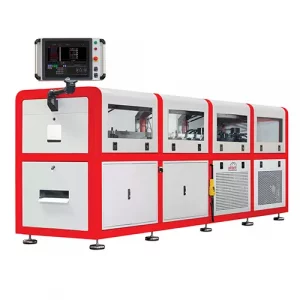


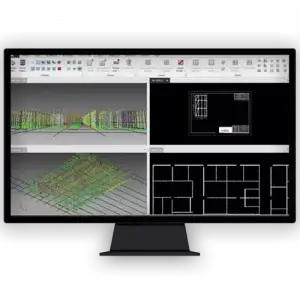
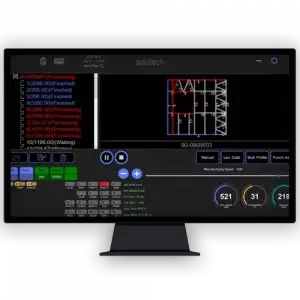

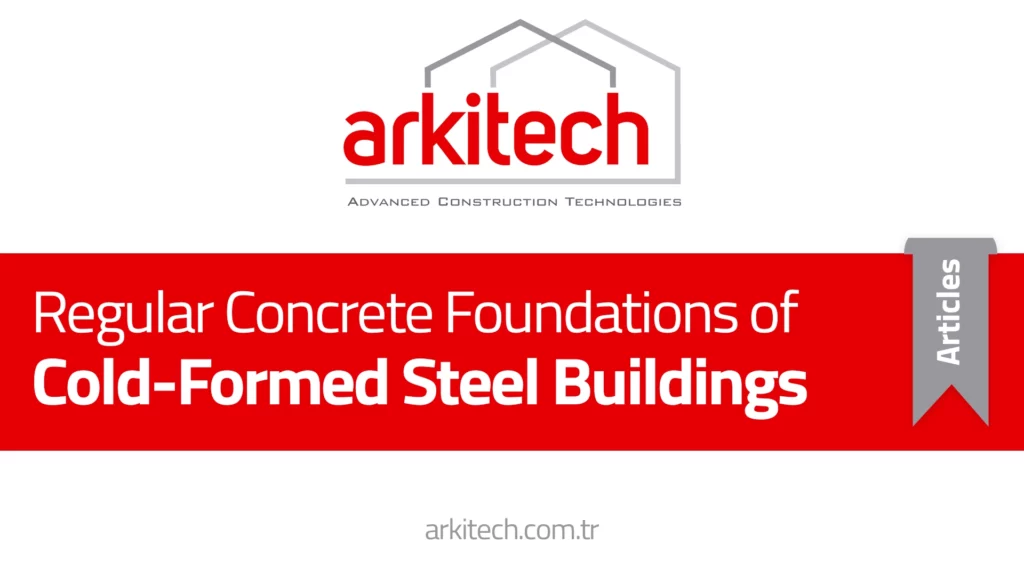

 by
by